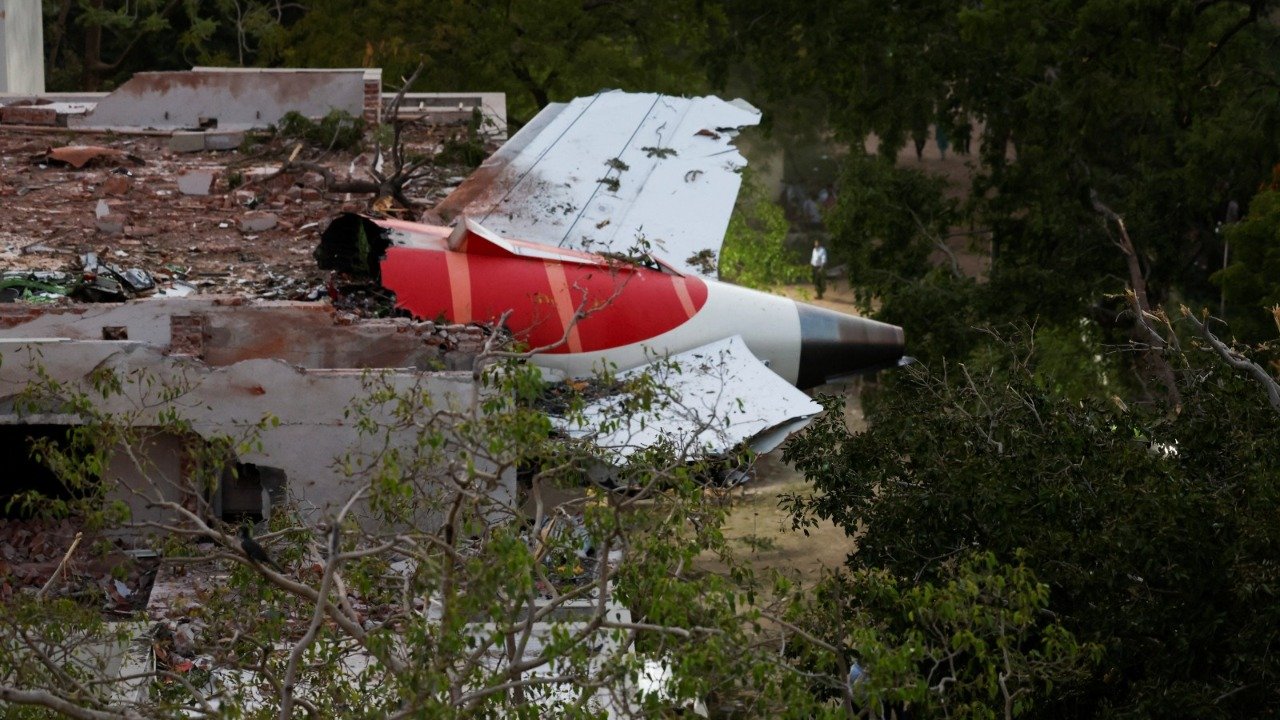India’s Space Missions 2025: ISRO’s Journey Beyond the Moon and Mars
India’s space ambitions are reaching new heights in 2025 as the Indian Space Research Organisation (ISRO) continues to impress the world with its low-cost, high-precision missions. From the success of Chandrayaan and Mangalyaan to upcoming launches in 2025, India Space Missions 2025 are putting the country in the front row of global space exploration.
🇮🇳 ISRO’s Legacy: A Quick Recap
Before diving into 2025, let’s quickly remember ISRO’s past glory:
- Chandrayaan-1 (2008): First mission to the Moon.
- Mangalyaan (2013): World’s cheapest Mars orbiter.
- Chandrayaan-3 (2023): Successful soft landing on the Moon’s south pole — a historic achievement.
- Aditya-L1 (2023): India’s first solar observatory mission.
With each mission, ISRO has proven that big dreams don’t always require big budgets.
Gaganyaan: India’s First Human Spaceflight
One of the most awaited India Space Missions in 2025 is Gaganyaan — India’s first manned mission to space.
- Mission goal: Send 2–3 Indian astronauts to low Earth orbit for 3 days.
- Launch vehicle: GSLV Mk III (now renamed LVM-3)
- Training: Astronauts trained in Russia and Bengaluru
- Expected launch window: Late 2025 or early 2026
If successful, India will become the fourth country (after Russia, USA, and China) to send humans into space using its own technology.

Shukrayaan-1: India’s Mission to Venus
ISRO is also planning to explore Venus, the hottest planet in our solar system. Named Shukrayaan-1, this mission may be launched in late 2025 or 2026.
- Purpose: Study Venus’s atmosphere, clouds, and surface
- Instruments: Spectrometers, radar, and climate sensors
- Importance: Venus could help scientists understand climate change on Earth
Shukrayaan would make India one of the few countries to send a mission to Venus.
Small Satellite Missions & Startups
2025 will also see several small satellite launches from Indian soil, many in partnership with Indian space startups.
- Skyroot Aerospace, Agnikul Cosmos, and Pixxel are Indian companies making low-cost rockets and satellites.
- These startups work under ISRO’s IN-SPACe program — a new initiative to support private space innovation in India.
This is a huge step toward India becoming a global hub for commercial satellite launches.
Earth Observation & Climate Monitoring
India is also boosting its fleet of Earth Observation Satellites (EOS) in 2025:
- Uses: Monitor crops, forest cover, air quality, and disaster management
- Example: EOS-07, launched in 2023, now has successors lined up
- These satellites support key sectors like agriculture, water management, and urban planning
These missions directly impact day-to-day life, especially in rural and disaster-prone areas.
International Collaborations
India is not alone in space anymore. ISRO is collaborating with:
- NASA for satellite data and deep space network support
- France’s CNES for ocean observation and payloads
- Japan’s JAXA for a joint Lunar Polar Exploration mission
Such partnerships bring in new technology, shared knowledge, and global recognition.
Budget-Friendly But Powerful
One of the biggest strengths of India’s space missions 2025 is their cost-effectiveness.
- Chandrayaan-3 cost
₹615 crore ($75 million) — cheaper than most Hollywood space movies - Gaganyaan’s budget is estimated at ₹10,000 crore, which is just a fraction of NASA’s space programs
ISRO’s ability to achieve results with limited budgets has inspired space agencies worldwide.
Challenges in 2025
Despite the success, there are challenges:
- Delay in Gaganyaan due to safety protocols
- Budget constraints for deep space missions
- Need for AI & robotics integration in future exploration
However, ISRO is actively hiring young engineers and collaborating with startups to solve these issues.
The Future is Bright
With a growing number of successful launches, academic tie-ups, and private sector involvement, India is building a strong space ecosystem.
By 2030, India aims to:
- Launch a space station of its own
- Send an Indian to the Moon
- Compete in global satellite launch markets like SpaceX and Blue Origin
Conclusion
India Space Missions 2025 mark a turning point in India’s scientific journey. Whether it’s the human spaceflight mission Gaganyaan, exploring Venus through Shukrayaan, or supporting private players — India is boldly moving beyond Earth. The sky is no longer the limit for ISRO, it’s just the beginning.



